Walkable Neighborhoods

Walkability Report Ranks NYC #1; Others May Surprise You
More surprising entries on the list include Houston and Los Angeles.

Walkable Neighborhoods Connected to Healthier Pregnancies, Births
More evidence of the public health benefits of walkable neighborhoods.
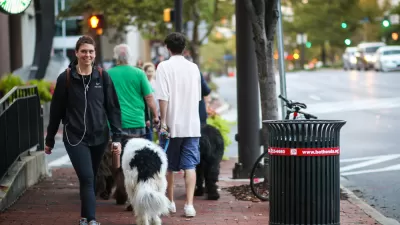
Survey Says: U.S. Homebuyers, Especially Gen Z, Want Walkable Neighborhoods
Generation Z is leading a new push toward walkable communities, according to a recent survey by the National Association of Realtors.
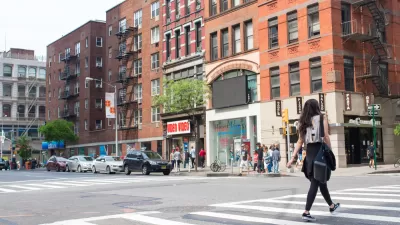
Walkable Neighborhoods Set the Stage for Upward Mobility, Study Says
New research out of the University of Virginia makes the case for walkable neighborhoods as incubators of economic mobility.
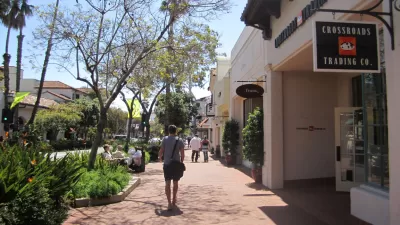
Op-Ed: Good Design Isn't Just for Downtowns
Richard Driehaus attests to the importance of intentional, context-oriented design on the neighborhood level.

Slideshow: Walkable Houston
The Houston Chronicle shares the views in the most walkable sections of the city of Houston.

An Orlando Business District Revitalization Success Story
Mills 50, just northeast of Downtown Orlando, has been reborn as the city's Main Street and has helped spur development, investment, and interest in Orlando's urban core.
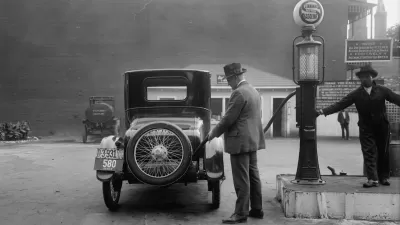
Reimagining the Gas Station
If electric vehicles are the future, can gas stations be re-imagined into centers promoting exercise and healthy eating?

The Invisible Hand That Designed Your City
Years of subtle changes to land use and zoning have slowly become the invisible forces that shape our behavior, whether we realize it or not.

Demand For Higher Density Development Slowing Down
Will 2018 signal the end of the latest real estate cycle as we know it?

Houston's Latest Push for Walkable Neighborhoods
Building on 2009's Transit Corridor Ordinance, Houston's Walkable Places Committee is creating a process for specific neighborhoods to adopt new rules emphasizing walkability.

Opinion: What It Will Take to Fix Los Angeles Metro
If Los Angeles residents approve the $120 billion sales tax measure in November, focusing on walkable communities and offering fast, frequent transit service will be critical to its success.

What Millennials Want, and Why it Doesn't Matter
The debate about whether Millennials prefer urban or suburban misses a big, important point: what Millennials really prefer is possible in either setting.
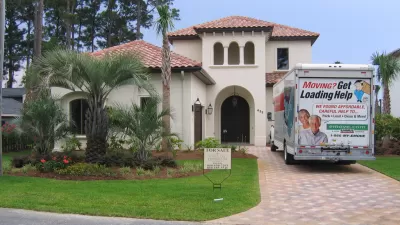
Millennials Leaving Their Mark on Suburbia
How will millennial homebuyers change suburbia, or will they? Realtors observe that millennials relocating from the city look for parts of their urban lifestyle, e.g., walkable neighborhoods, yet they also have traditional suburban tastes.
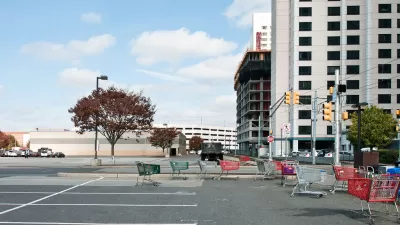
Making the Case for Mixed-Use, Walkable Development: #BuildHereNow
A new social media-fueled engagement effort is shedding light on the policies that make it hard to build walkable, mixed-use infill in communities around the country.
King County, Sound Transit Announce $83 Million for Transit Oriented Development
A new regional transit oriented development initiative in Seattle will focus on affordable housing and walkable communities. The Executive's Transit Station Housing and Development Initiative will partner King County and Sound Transit.
Study Reveals China's Middle Class Obesity Problem
A study titled "Walking, obesity and urban design in Chinese neighborhoods" finds that the population with least access to walkable neighborhoods in China—namely, the middle class, are suffering the worst of the country's growing obesity problem.
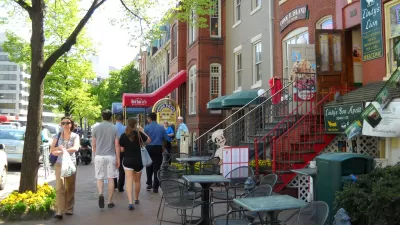
A Collection of Benefits for 'Walkable, Compact, Diverse' Neighborhoods
A meta-analysis published in Housing Policy Debate finds that extensive studies in recent years support positive claims about walkable neighborhoods.
Urban Baby Boom Requires Baby-Friendly Planning
Jillian Glover writes of her new perspective on what makes a city welcoming and safe for young families—the newest perspective, in fact. She's a new mother.
"Car-Free" Families on the Rise
Micheline Maynard writes about an AASHTO study showing that the share of American families who don't own cars had been declining since 1960 but stopped in 2007 at 8.7%. By 2011, it had budged up to 9.3%. She suggests four reasons for the reversal.
Pagination
Urban Design for Planners 1: Software Tools
This six-course series explores essential urban design concepts using open source software and equips planners with the tools they need to participate fully in the urban design process.
Planning for Universal Design
Learn the tools for implementing Universal Design in planning regulations.
planning NEXT
Appalachian Highlands Housing Partners
Mpact (founded as Rail~Volution)
City of Camden Redevelopment Agency
City of Astoria
City of Portland
City of Laramie


































